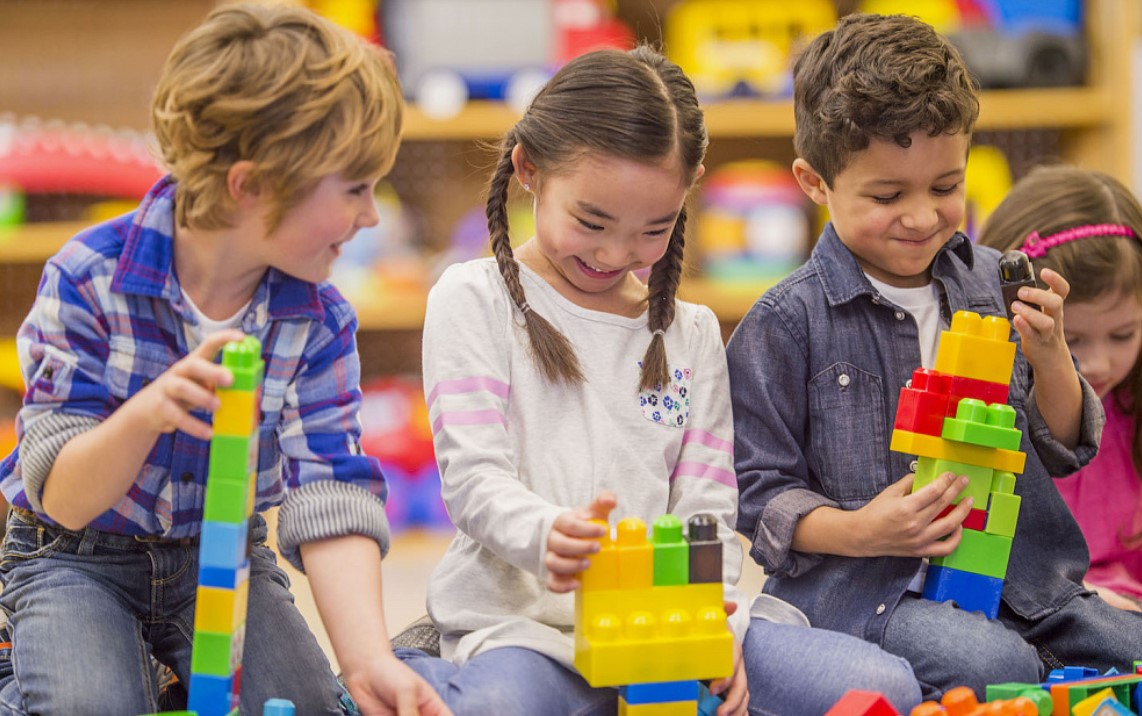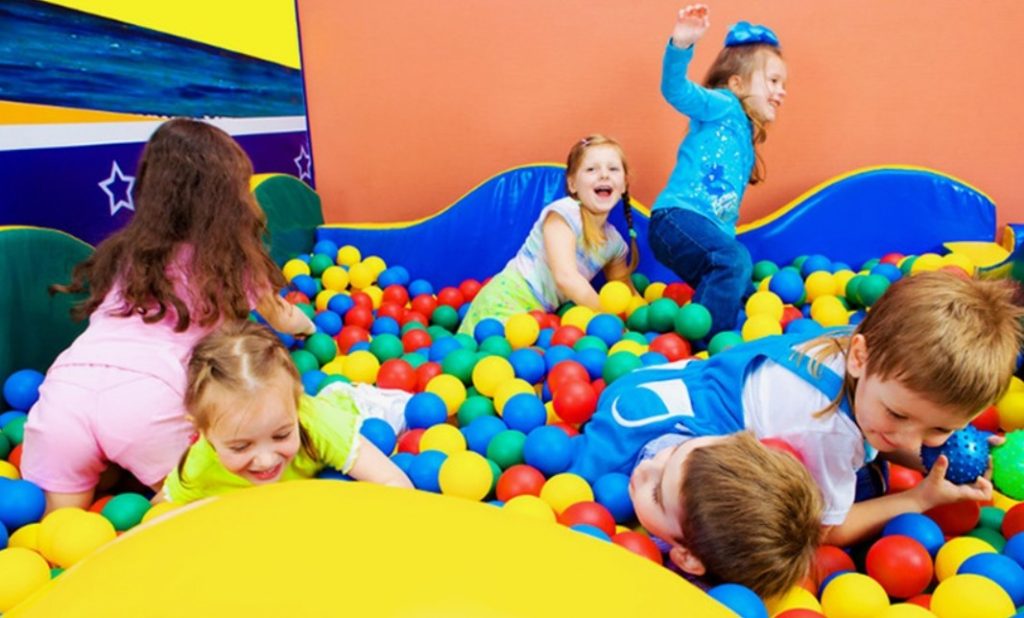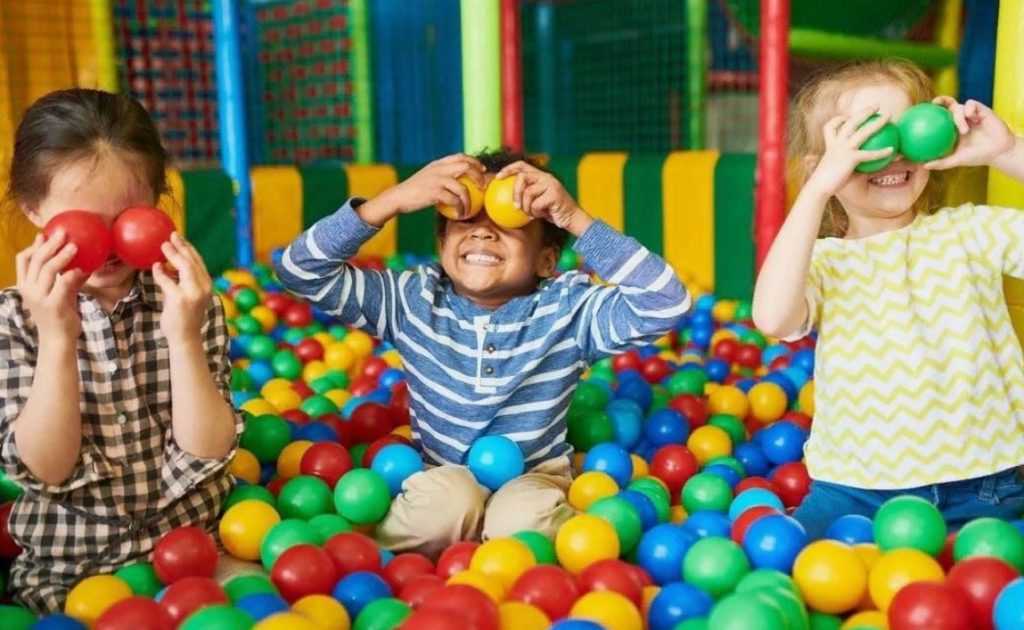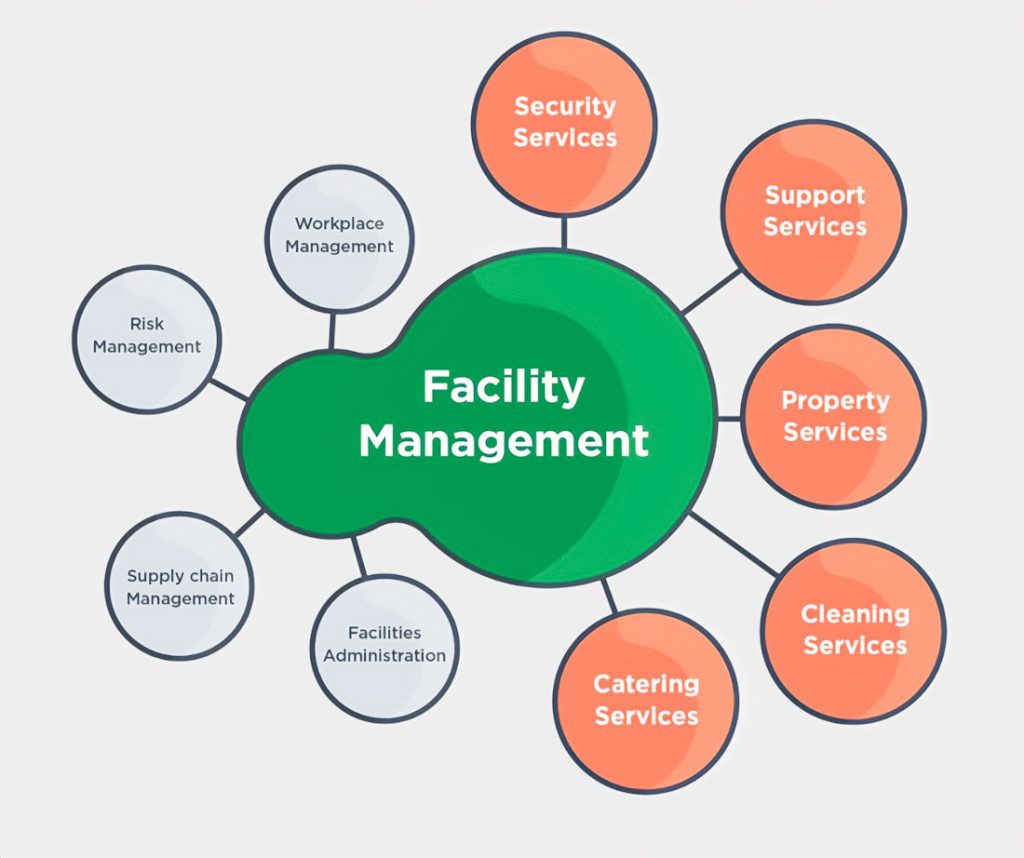
Creating a children’s entertainment center requires thoughtful planning, with equipment choice being one of the most crucial decisions. The right equipment not only attracts young visitors but also ensures their safety, enjoyment, and engagement. Selecting equipment for a children’s play center isn’t always straightforward, as the options vary widely in terms of purpose, design, and appeal. This article explores the essential types of equipment for a successful children’s entertainment center, focusing on popular types, examples, and the unique features that each brings to the interior of play complexes, much like the diverse offerings at Trampo Extreme.
Key Requirements for Children’s Entertainment Equipment
When choosing equipment for a children’s entertainment center, prioritize safety and durability. High-quality materials and reputable suppliers are essential. Trusted suppliers offer equipment made to withstand the demands of a busy play center while adhering to strict safety standards. Alongside safety, there are five critical requirements to consider:
1. High Throughput: Equipment should allow for a large number of children to play simultaneously without congestion or excessive waiting.
2. Thoughtful Design: An engaging and imaginative design can enhance the overall experience for children and make the space more enjoyable.
3. Reliability and Durability: Equipment must be robust to handle daily wear and tear and remain operational without frequent maintenance.
4. Ease of Use: Simple, accessible designs ensure that children of various ages can enjoy the equipment without assistance.
5. Concept Compliance: Equipment should match the overall theme or concept of the entertainment center, adding to its appeal and cohesiveness.
With these requirements in mind, let’s explore the types of equipment that play a major role in children’s entertainment centers.

Children’s Play Labyrinths
Children’s play labyrinths are a versatile, multi-modular attraction designed to entertain and challenge young visitors. These play structures typically combine physical activities with exploratory elements, allowing children to engage in imaginative play while strengthening their muscles and coordination.
Typical components of play labyrinths include:
🡪Screw Slides and Ball Pools: Slides with gentle twists that end in ball pools add a thrill for children and allow them to enjoy soft landings.
🡪Suspended Bridges and Rope Ladders: These bridges and ladders foster a sense of adventure and improve balance and agility.
🡪Tunnels: Tunnels enable children to crawl and navigate through enclosed spaces, enhancing spatial awareness.
🡪Mini-Trampolines: Small trampolines provide a safe and enjoyable way for children to jump, encouraging physical activity.
🡪Children’s Punching Bags: Light and colorful punching bags introduce a playful way to engage with objects, providing fun, exercise, and stress relief.
Carousels
Carousels are a classic yet ever-popular addition to children’s entertainment centers. With gentle rotations powered by electric drives or bearings, carousels offer a calming experience suitable for children of various ages. Carousels are often styled to be visually engaging and come in various themes like:
🡪Tea Set: Mimicking a tea party, this carousel brings a whimsical charm.
🡪Horses: A traditional favorite, where children ride “horses” for a delightful experience.
🡪Palms: This design often features palm trees or tropical themes, adding an exotic flair.
🡪Zoo: Animal-themed carousels bring an element of the wild, with seats shaped like zoo animals.
Each carousel is equipped with comfortable seats, handrails, and steps, allowing even the youngest visitors to enjoy these rides independently and safely.
Rope Complexes and Rope Parks
Rope complexes and rope parks are thrilling, adventure-based installations that challenge children’s strength, balance, and agility. These structures are generally designed for children aged three and up, as they often require some degree of physical coordination and confidence. Rope parks are a common feature in multi-level playrooms with at least a 3-meter ceiling height for maximum safety.
There are two main types of rope complexes:
1.Frame Complexes
These have a metal framework that supports various play modules, such as ropes, knitted tunnels, and ladders, without attaching to the ceiling. This type is suitable for entertainment centers that prioritize flexibility and standalone play structures.
2.Frameless Complexes
In frameless designs, rope elements are suspended from the ceiling, creating an aerial adventure experience. These are ideal for children aged 3 to 12, offering a safe yet challenging play environment that accommodates both static and dynamic movements.

Wicker Complexes
Often confused with rope complexes, wicker complexes focus on relaxation rather than adventure. Designed for moments of rest after active play, wicker equipment is suitable for guests aged three and above. Components typically include:
🡪Hammocks: A relaxing place to lie down or swing gently.
🡪Round Knitted Swings: Swings designed to cradle children, providing a comfortable, cocoon-like experience.
🡪Cocoons: Knitted cocoons add a sensory experience, where children can climb in and feel enveloped, helping them unwind.
Wicker complexes work well in any entertainment center format, providing a quiet zone for relaxation within a busy play space.
Battle Zones
Battle zones bring a sense of excitement and are a modern take on mock-combat play. In these areas, children can engage in friendly “battles” using soft, safe equipment.
🡪Open Battle Zones: These consist of designated areas within the play complex where children can play with game guns and soft projectiles. These zones are open but located in a quiet corner of the center.
🡪Closed Battle Zones: Closed areas are fenced off with wicker nets or soft shields, creating a controlled environment where children can safely participate in mock battles.
Battle zones encourage teamwork, strategic thinking, and physical movement, making them a popular choice in larger entertainment centers.
Slot Machines
Slot machines provide an interactive, tech-based element in children’s play areas, especially in larger entertainment centers. While they’re typically more suitable for older children, slot machines cater to a range of interests, including:
🡪Table Hockey and Football: These offer competitive play in a safe format.
🡪Video Games: Some centers include video game machines to add a digital layer to the play experience.
These machines are rarely found in smaller playrooms but are a staple in large family entertainment centers with diversified activities.
Soft Modules
Soft modules are essential for younger visitors, providing safe, accessible play options that allow them to engage in imaginative activities. Soft modules are often designed as individual pieces or as themed complexes.
🡪Individual Modules: These include soft houses, character figures, towers, and tunnels that children can interact with independently.
🡪Complexes of Thematic Elements: A group of soft modules that form a cohesive play theme, often designed for centers that cater to guests of various age groups.
These modules offer endless possibilities for free play and are ideal for smaller playrooms and large centers alike.
Real-World Example: Trampo Extreme
A great example of the equipment and attractions discussed here can be found at Trampo Extreme, a family entertainment park with multiple locations. Known for its wide array of activities, Trampo Extreme offers trampolines, a large indoor cave with secret rooms, slides, and 16 different attractions. Its newest location at Palm Jumeirah in Nakheel Mall even boasts the world’s largest indoor cave filled with hidden treasures, slides, and secret rooms. For families, the pricing is attractive at approximately 120 AED per hour, providing a balance of affordability and joy.
Conclusion
Setting up a successful children’s entertainment center relies on carefully chosen, high-quality equipment that is safe, durable, and engaging for children of all ages. From play labyrinths and carousels to interactive slot machines and relaxing wicker complexes, the right equipment ensures a balanced, enjoyable experience for young visitors. By partnering with reliable suppliers and focusing on equipment that aligns with the center’s concept, entertainment centers can create spaces that delight children and keep families coming back for more.

Soccer lover, nature enthusiast, guitarist, Bauhaus fan and critical graphic designer. Doing at the fulcrum of minimalism and purpose to craft experiences that go beyond design. I am 25 years old.


